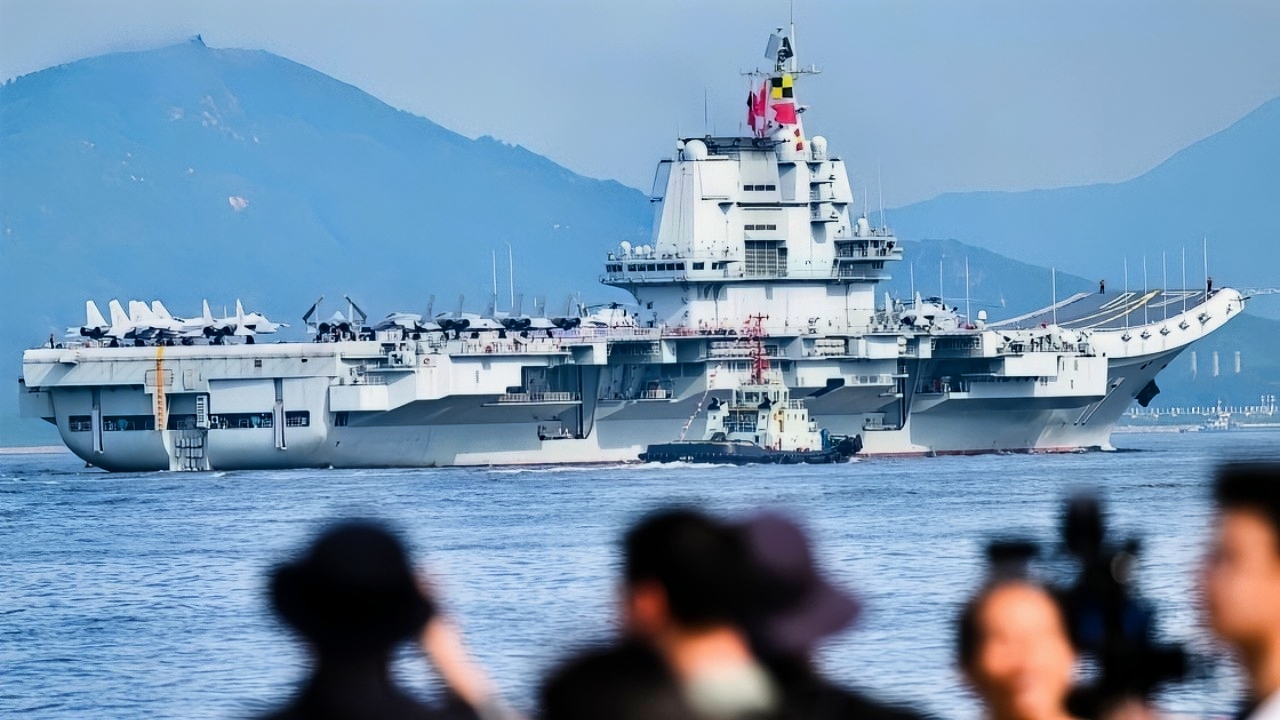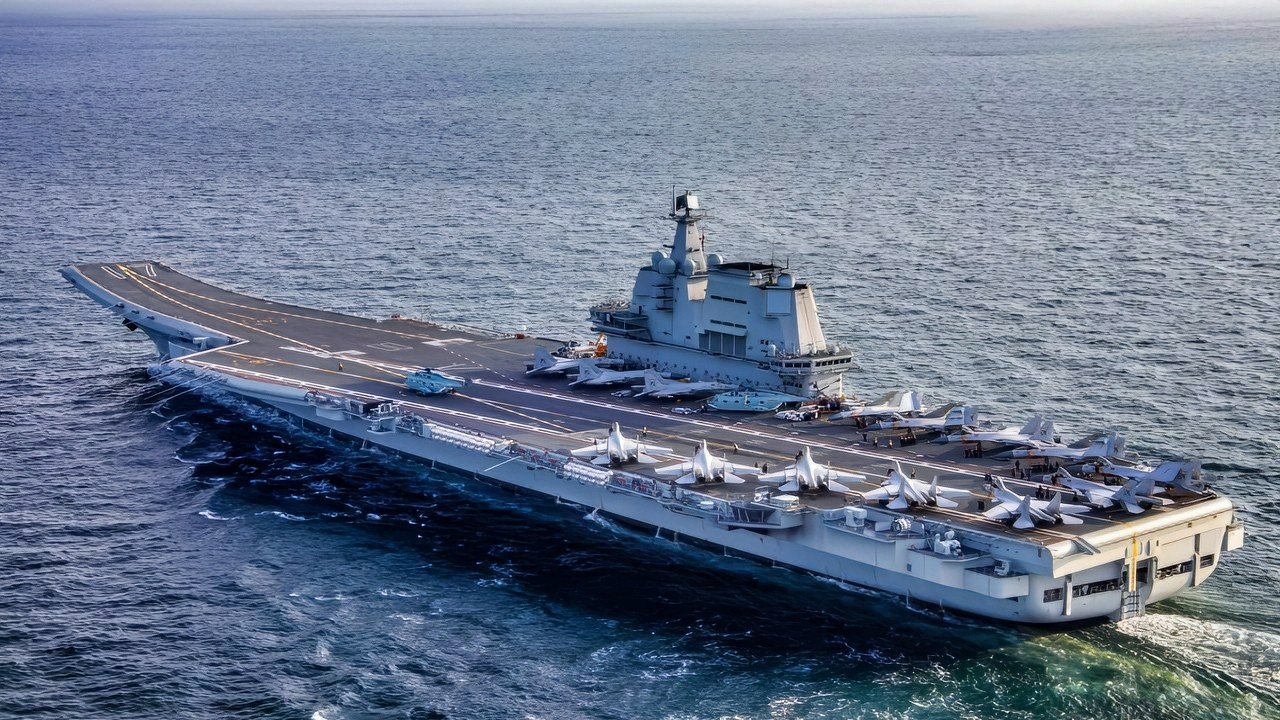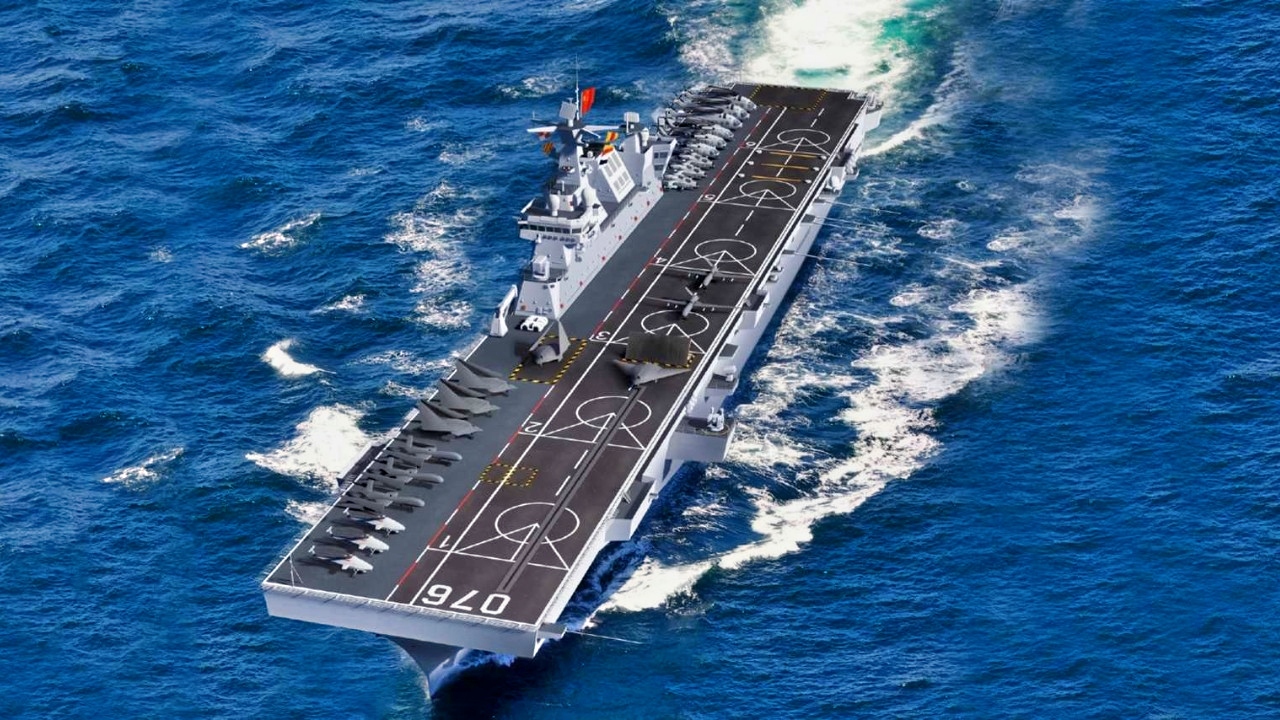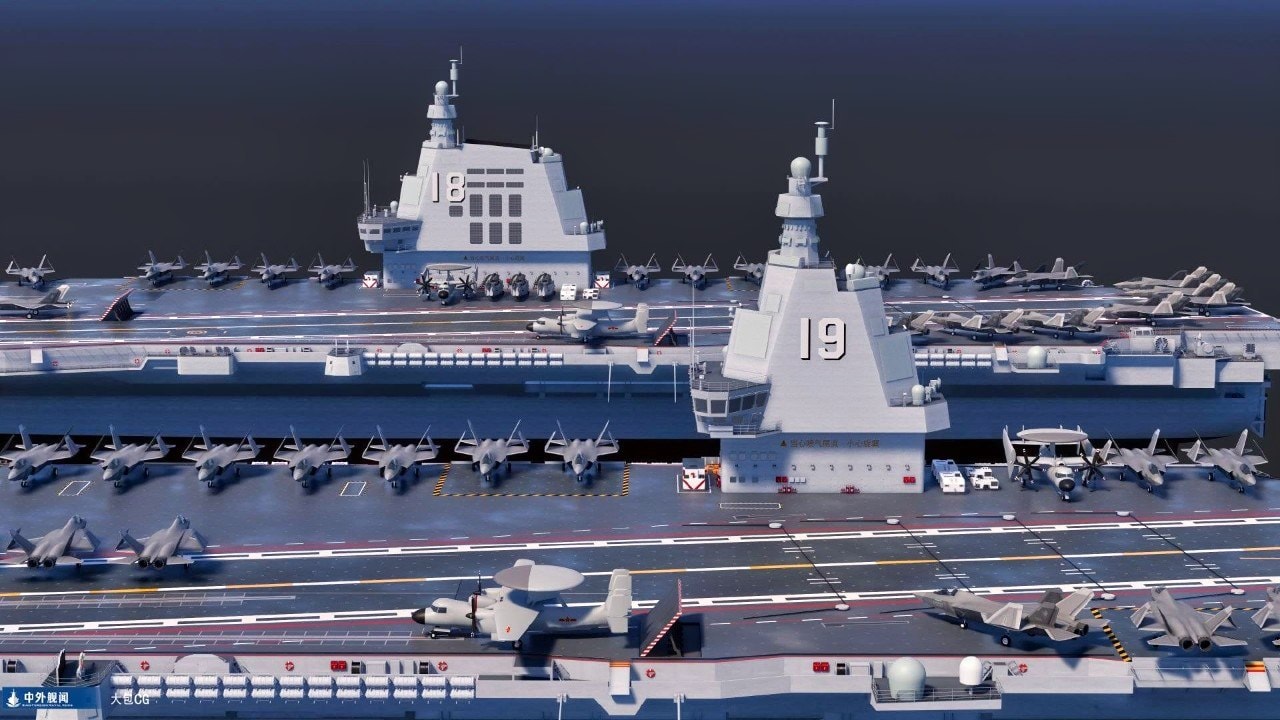Key Points and Summary – China acquired its first aircraft carrier, the Liaoning, using deception. In 1998, a Chinese businessman and ex-PLA member, Xu Zengping, acted as a “front” for the Chinese Navy to buy the incomplete Soviet carrier Varyag from Ukraine for $20 million.
-To bypass prohibitions on military sales, Xu “concocted” a cover story that he was buying the hull to be a “floating casino and theme park.”

China Aircraft Carrier in Port. Image Credit: Chinese Navy.
-After a long, delayed journey, the ship arrived in China in 2002, where it was refitted as a military vessel, saving the PLAN 15 years of R&D.
-The businessman who fronted the deal was later handed a $120 million bill by the Chinese government.
By Hook Or Crook: How China Got Its First Aircraft Carrier
The Chinese have a deserved reputation as a nation that will do anything to achieve its desired ends.
China didn’t have a stealth fighter program until 2007, but it pulled itself forward by decades through espionage against U.S. aircraft manufacturers.
The Chinese have also wanted an aircraft carrier since 1970. But at that time, they weren’t on good terms with either the U.S. or the Soviet Union.
China lacked the expertise to build a carrier, and Beijing also worried that building one would alarm their neighbors.
China’s eventual purchase of their first aircraft carrier is a prime example of their willingness to seek creative means to acquire desired capabilities.

New China Aircraft Carrier. Image Credit: Weibo.
The Soviet Aircraft Carriers Were Far Behind The US
The Soviet Navy didn’t deploy its first carriers until the 1970s. When it finally did, its Kiev-class vessels could only launch Yak-38 Forger jump jets, which were not very effective.
But during the 1980s, the Soviets began construction of two more promising carriers: the Kuznetsov-class. These had a ski jump ramp that could launch more conventional and much higher-performing Su-33 Flanker fighters.
Like the earlier Kiev-class, the Kuznetsov was technically an “aircraft-carrying cruiser” due its powerful armament of twelve P-700 Granit antiship missile systems.
This technicality was important, as “aircraft carriers” weighing more than 15,000 tons—essentially every aircraft carrier today—were not legally permitted by the Montreux Convention to transit from the Black Sea to the Mediterranean via the Bosporus Straits.
A Floating Casino?
China acquired its first aircraft carrier, the Liaoning, by purchasing the partially completed Kuznetsov-class Varyag from Ukraine for $20 million in 1998. The carrier was about 70 percent complete when the Soviet Union collapsed, and Ukraine was unable to finish it.
The purchase was made by a Chinese businessman and former basketball player, Xu Zengping, whose cover story concealed his true intentions: As a private citizen, he wanted to build a floating casino and theme park.

China’s J-20 Fighter. Image Credit: Creative Commons.
However, Xu was acting as a front for the Chinese Navy, which wanted the ship for its own purposes but needed to avoid direct international scrutiny.
Zengping, a basketball player for the Guangzhou Military Command of the PLA, went to Mykolaiv, a Ukrainian port city on the Black Sea and formerly the major hub of Soviet shipbuilding.
Delays Due To Turkish Straits Rules
As written above, the Soviets classified the carriers as heavy aircraft carriers to pass through the Bosporus Straits legally. Ukraine didn’t want to sell the Kuznetsov-class carrier for military use.
A Hong Kong-based business associate lent Xu HK$230 million, or about $29.7 million in 1997 dollars, Xu told the South China Morning Post in 2015.
“I was chosen to do the deal. I realised it was a mission impossible because buying something like a carrier should be a national commitment, not one by a company or an individual,” Xu said.
“But my passion pushed me to take on the mission because it was a now-or-never chance for China to buy a new carrier from a nearly insolvent state-owned Ukrainian shipbuilder.”
That’s when Zengping concocted the story of a floating casino and theme park. Apparently, after several nights of heavy drinking, the Ukrainians bought the story, and he purchased the carrier for $20 million.
The ship’s journey to China was long and faced several obstacles, including a Turkish refusal to let the carrier pass through the Bosporus, and the ship’s slow tow around Africa. The aircraft carrier finally reached China in 2002.
It entered dry dock three years later, and the People’s Liberation Army Navy (PLAN) began converting it into an aircraft carrier. The “cruiser-carrier” myth was put to bed as China only incorporated a trio of short-range HQ-10 air-defense missile launchers and a few close-defense guns.
The vessel’s primary defenses would be its complement of twenty-four J-15 Flying Shark fighters, a version of the Soviet Su-33s.
Extensive Refurbishment Was Required
After the ship finally arrived, it remained in a Chinese shipyard for several years before a major refit commenced in 2007.

China Type 076 from Chinese Weibo Screenshot.
The carrier was commissioned as the Liaoning. China officially commissioned the refurbished carrier in 2012, naming it after the province where the ship was being refitted. The carrier is now used for training and research, as well as for developing China’s carrier aviation program.
What Was Xu Zengping’s Reward?
A Chinese naval officer reportedly told Zengping that he had saved the PLAN at least 15 years of research and development. So, how did China reward its floating casino operator?
They handed him a bill of $120 million, forcing him to sell off his assets. They refused to honor his other costs, because he lacked proper receipts.
By hook or by crook.
About the Author: Steve Balestrieri
Steve Balestrieri is a National Security Columnist. He served as a US Army Special Forces NCO and Warrant Officer. In addition to writing on defense, he covers the NFL for PatsFans.com and is a member of the Pro Football Writers of America (PFWA). His work was regularly featured in many military publications.
More Military
The M113: America’s “Forgotten” APC That Just Won’t Quit
How British Aircraft Carriers Keep Sinking in War Games
Boeing F-47 NGAD Fighter: One Missing Fact Could Decide Its Fate
Canada Knows How to Sink U.S. Navy Nuclear Aircraft Carriers











Jim Lambrick
November 8, 2025 at 8:43 pm
The company I worked for intercepted a fully counterfitted product hat we created including a custom chip. All because our management was stupid enough (or greedy enogh) to give them our source files. They have no honor. Ef ’em!